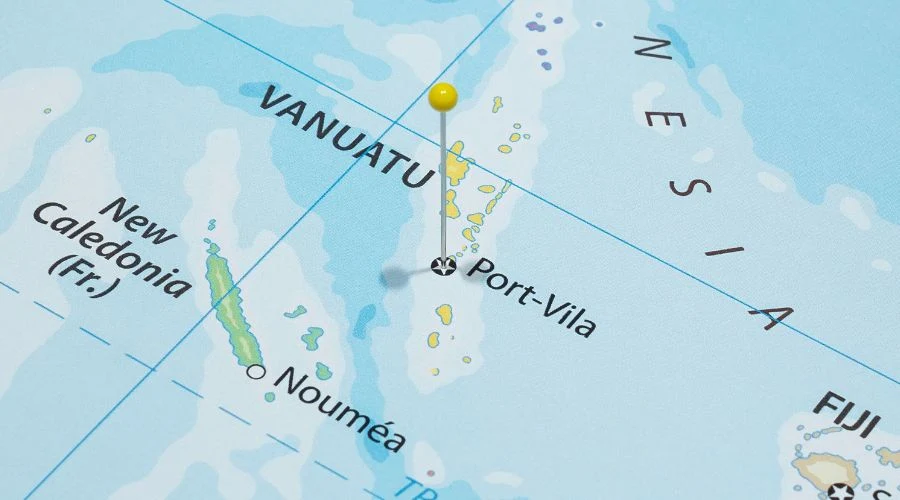//Powerful 7.0-Magnitude Earthquake Strikes Near Tonga, Brief Tsunami Alert Issued//
A powerful earthquake with a magnitude of 7.0 struck the South Pacific Ocean early Monday, triggering a brief tsunami warning for the island nation of Tonga. The earthquake, which occurred at 1:18 a.m. local time, was recorded about 49 miles southeast of Pangai, Tonga, according to data from the United States Geological Survey (USGS).

Tsunami Threat and Quick Response
The U.S. Tsunami Warning System initially issued a "Tsunami Threat" alert, warning that tsunami waves could reach coastlines within a 190-mile radius of the earthquake’s epicenter. However, the alert was lifted about an hour later when no significant waves materialized. Despite the all-clear notice, authorities advised residents in coastal areas to remain cautious, as aftershocks could still pose a risk.

Tsunamis are generated by sudden underwater disturbances, typically caused by strong earthquakes occurring on or beneath the ocean floor. They can create a series of long waves capable of traveling across vast distances, sometimes leading to devastating coastal flooding and strong, unpredictable currents.
Seismic Data and Revisions
Initially, the USGS reported the earthquake as a magnitude 7.1 before revising it down to 7.0 upon further analysis. Scientists continuously review seismic data to improve accuracy, meaning that adjustments to the magnitude or shake severity may still occur.
The quake’s depth and location were significant factors in determining its impact. Although it was powerful, its depth reduced the likelihood of widespread devastation. Nevertheless, residents reported feeling strong tremors in Pangai and other nearby regions, with some describing minor structural damage to buildings.
Aftershocks and Ongoing Risks
Following major earthquakes, aftershocks often occur, sometimes lasting for days, weeks, or even months. These smaller tremors result from the earth adjusting to the initial quake’s rupture. Early reports indicate multiple aftershocks within 100 miles of the original quake, although none have reached a magnitude high enough to trigger additional tsunami concerns.

Experts warn that aftershocks, while often smaller, can still be dangerous, particularly for buildings already weakened by the main quake. Emergency response teams are monitoring the situation closely, and local officials are urging residents to stay alert.
Preparedness and Response
Authorities in Tonga and surrounding areas are emphasizing the importance of earthquake and tsunami preparedness. In the wake of this event, many residents are reviewing their emergency plans, ensuring they have access to safe evacuation routes, and checking emergency supply kits.
Past seismic events have demonstrated the destructive potential of earthquakes and tsunamis in the Pacific region. In 2022, Tonga was devastated by a powerful undersea volcanic eruption and subsequent tsunami, highlighting the need for continued vigilance and preparedness.

As seismic activity continues in the region, scientists are closely monitoring fault lines and tectonic movements. While no additional major quakes are predicted at this time, experts caution that the region remains seismically active, making preparedness a priority.
For now, life in Tonga is returning to normal following the brief tsunami scare. However, the event serves as a stark reminder of the unpredictable nature of earthquakes and the importance of swift emergency response measures to protect communities in vulnerable coastal regions.
.jpg)


Comments